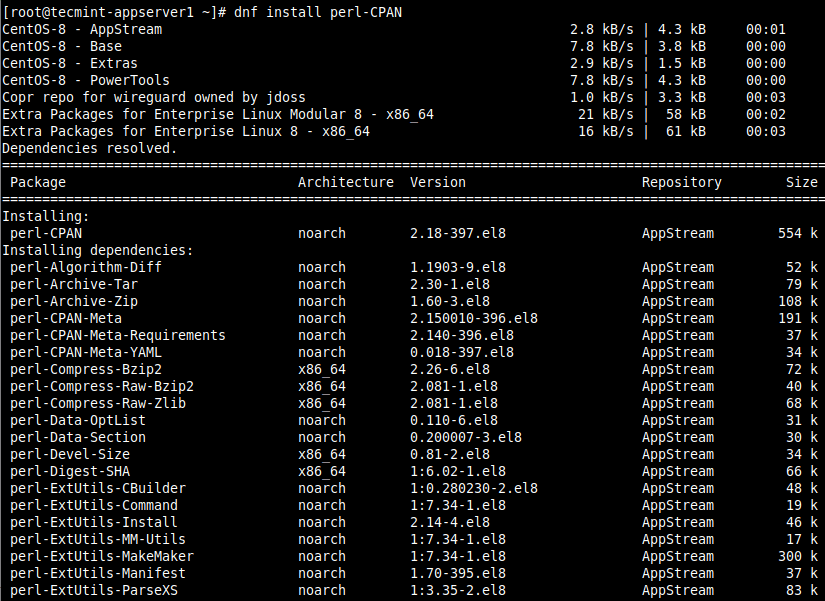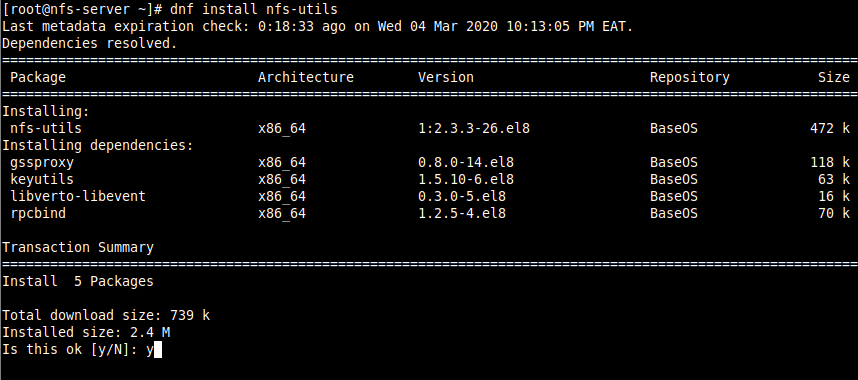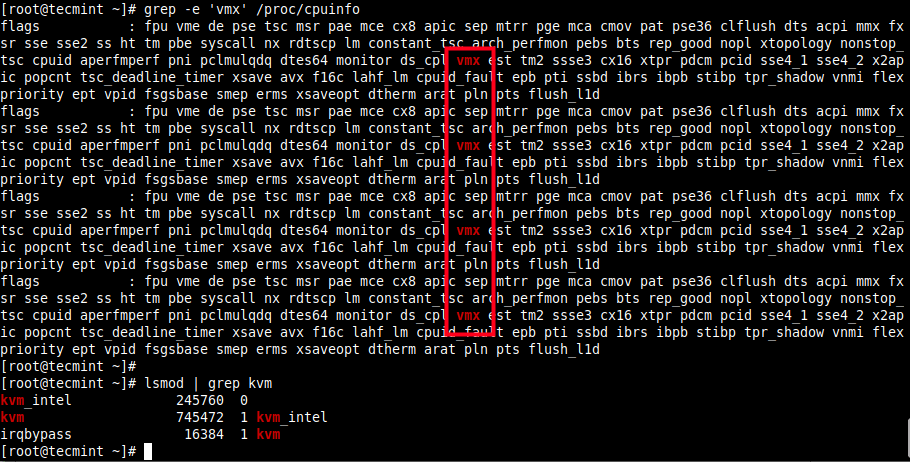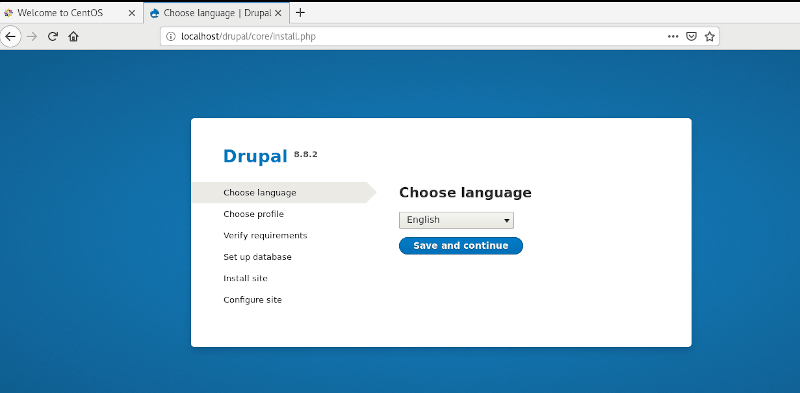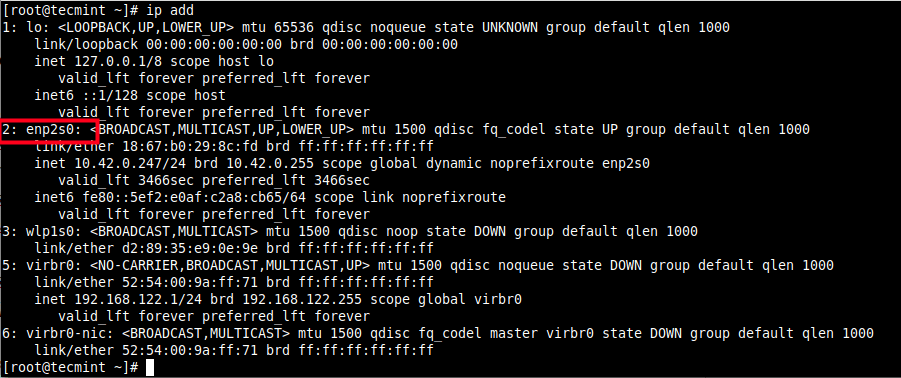Owncloud is a market-leading, client-server software that offers a cloud platform that allows you to back-up your files in a central location and syncs them on the cloud. It’s an excellent alternative to popular backup applications such as OneDrive, Dropbox and Google Drive. Unlike these popular platforms, OwnCloud doesn’t offer data center capabilities for hosting
CentOS - Page 8 of 10 - DesignLinux
How to Fix “Failed to set locale, defaulting to C.UTF-8” in CentOS 8
Have you ever encountered the warning/error “Failed to set locale, defaulting to C.UTF-8” in CentOS 8 or RHEL 8? If yes, then this article describes how to fix this error. Note that this article should also work on any operating systems based on RHEL 8. A locale is a set of basic system parameters that
How to Install NextCloud on CentOS 8
NextCloud is an open-source, on-premise file share and collaborative platform that allows you to save your files and access them across multiple devices such as PCs, smartphones, and tablets. As a popular self-hosting platform that works much like DropBox, it allows you to seamlessly collaborate on various projects, manage your calendar, send and receive emails
How to Install Perl Modules Using CPAN on CentOS 8
The Comprehensive Perl Archive Network (CPAN in short) is a popular central repository of currently 188,714 Perl modules in 40,986 distributions. It is a single location where you can find, download and install any of the incredible (and still growing) collection of Perl libraries. It has 25,000 modules available and it is mirrored on servers
How to Set Up NFS Server and Client on CentOS 8
Network File System (NFS) also known as client/server file system is a popular, cross-platform and distributed file system protocol used to export local file systems over the network so that clients can share directories and files with others over a network and interact with them as though they are mounted locally. In CentOS/RHEL 8, the
How To Configure PostgreSQL 12 Streaming Replication in CentOS 8
PostgreSQL database supports several replication solutions to build high-availability, scalable, fault-tolerant applications, one of which is Write-Ahead Log (WAL) Shipping. This solution allows for a standby server to be implemented using file-based log shipping or streaming replication, or where possible, a combination of both approaches. With streaming replication, a standby (replication slave) database server is
How to Install Joomla on CentOS 8
Joomla is a popular free and open-source Content Management System (CMS) written in PHP. Although it’s not as popular as its counterpart WordPress, it’s still used for creating blogs/websites with limited or no web programming knowledge. It comes with a neat and intuitive web interface that is easy to use and packed with numerous add-ons
How to Install KVM on CentOS/RHEL 8
Kernel-based Virtual Machine (KVM in short) is an open-source and de facto standard virtualization solution that is tightly integrated into Linux. It is a loadable kernel module that turns Linux into a type-1 (bare-metal) hypervisor that creates a virtual operating platform used to run virtual machines (VMs). Under KVM, each VM is a Linux process
How to Install Drupal on CentOS 8
Drupal is a free and open-source CMS written in PHP that ships with the GNU / GPL license. Just like popular CMS platforms such as WordPress and Joomla, with Drupal, you can get started with creating your own blog or website from the ground up with little or zero knowledge of web programming or markup
3 Ways to Create a Network Bridge in RHEL/CentOS 8
A network bridge is a data-link layer device that interconnects two or more network segments, offering communication between them. It creates a single network interface to set up a single aggregate network from multiple networks or network segments. It forwards traffic based on the MAC addresses of hosts (stored in a MAC address table). Linux




